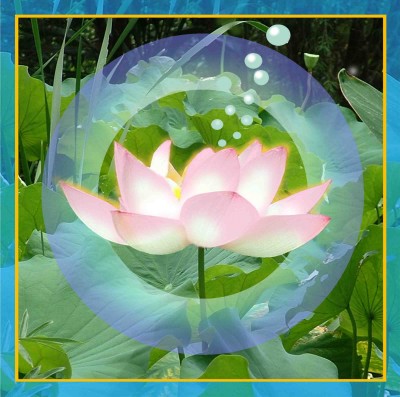 Chakra Four is located in the middle of the chest and the sense is touch. This center is our emotion of compassion, love, and empathy. When the heart is balanced, one feels love and connection to self and others. “Anahata,” or the heart chakra, is Sanskrit for “unstuck” or “stillness”. The challenge of the fourth chakra is self-love; this means having the courage to forgive. Forgiveness means transforming anger into love. This liberates a person to transition into higher states of consciousness and awareness.
Chakra Four is located in the middle of the chest and the sense is touch. This center is our emotion of compassion, love, and empathy. When the heart is balanced, one feels love and connection to self and others. “Anahata,” or the heart chakra, is Sanskrit for “unstuck” or “stillness”. The challenge of the fourth chakra is self-love; this means having the courage to forgive. Forgiveness means transforming anger into love. This liberates a person to transition into higher states of consciousness and awareness.
The Actor is the dysfunctional archetype of the heart. The Actor acts as if everything is fine and does not love emotionally but intellectually. The actor is distant and not fully present.
The Lover archetype on the other hand, is free to give and receive love. The Lover holds no grudges and forgives easily. The Lover is deeply present in its life and with others. Love exists in the now and experiencing this is the purpose of being here. Releasing the past, living in the present and experiencing ourselves as the source of love and joy is what spiritual growth is about.
Located between the roots and the spirit, this chakra represents having love for our bodies, selves and others and is core to being awakened in life and yoga. According to Buddhist teacher Tarthang Tulku, the heart chakra is very important for feeling existential fulfillment. Yoga as a teaching and practice encourages introspection of the heart space to reach fulfillment, ecstasy, rapture and joy.
When the heart chakra is imbalanced, one feels depression, loss of connection and lack of caring. It may be easier to communicate the physical to yoga students and recommend several supportive and restorative movements to open the chest and back openers to open the heart can be very beneficial. The heart chakra is said to unfold slowly over time so it’s important to encourage patience and support for the many layers of history, fear, and co-dependency that may arise.
Suggested yoga postures include:
Ukkatasana, Urdva Danurasana, Setu Bandha, Gomukasana, Anjali Mudra
Color: Green
Element: Air
Would you like to read the whole Balance Your Chakra Series?
An excerpt from my new book “Tantra Living: A Yogini’s Companion for Happiness”.
Image: Copyright (c) 123RF Stock Photos
